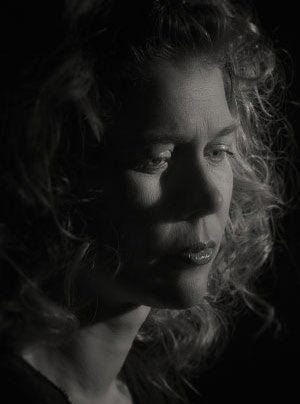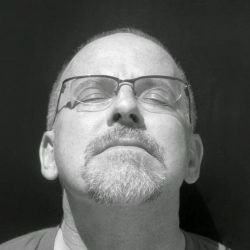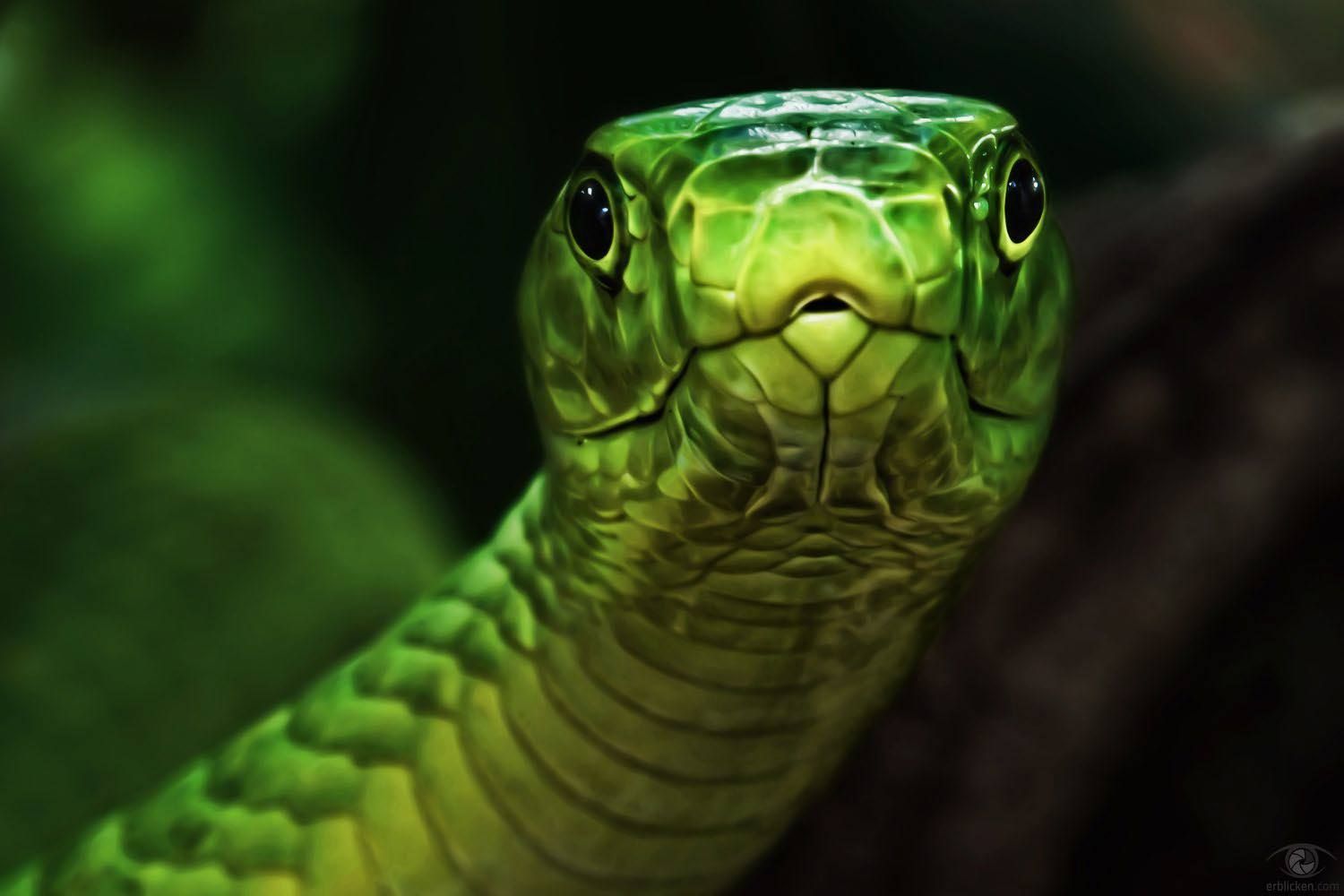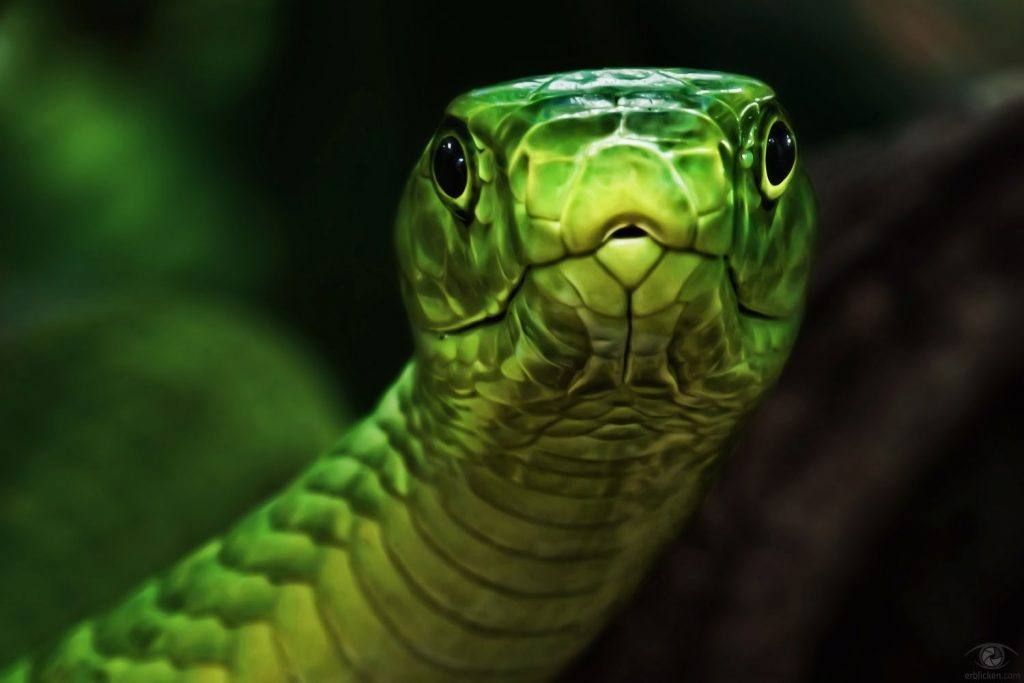Introduction
I have been seriously involved in photography since 1974. Let’s see, how many years is that? Wow. That’s 42 years. Okay, so I have a little bit of experience.
Because of that experience, there is one “talent” that I’ve developed where I can pretty much figure out how a photographer got a shot. Some genres of photography are fairly easy to figure out; genres like still life photography or portraits can usually be dissected in seconds.
Other genres lend themselves to photographers that happen to be in the right place at the right time. These would be typical of landscape photography and, to some extent, street photography. Of course, skill is involved with being in the right place at the right time, and more importantly, being ready; I’m not saying that it’s easy, just easier to dissect.
Now, I’ve always kind of thrown wildlife photography into that same category of being in the right place at the right time. Of course, skill once again is involved. A great wildlife photographer, in most cases, could also be a great hunter; it takes those same talents of stealth and patience.
However, we prefer hunting with our cameras. Don’t we?
How many of you have attempted to create wildlife photography at a zoo?
We all have! Right?
How often have you been amazed and impressed with your results? Not that often, I’m guessing. All of these years that I’ve been involved in photography, I’ve shot at zoos or animal parks dozens of times. From that effort, I think I maybe have all of three shots that I would — possibly — consider including in my portfolio.
How many times have you been to the zoo, and all you could see of the male lion was his tail flopping at the flies while he slept in some tall grass? Yep. Me too: just about every time.
It’s tough shooting at a zoo.
All of that brings us to today’s interview with German photographer, Manuela Kulpa.
Let me share with you the very first image of Kulpa’s that I ever laid eyes on…
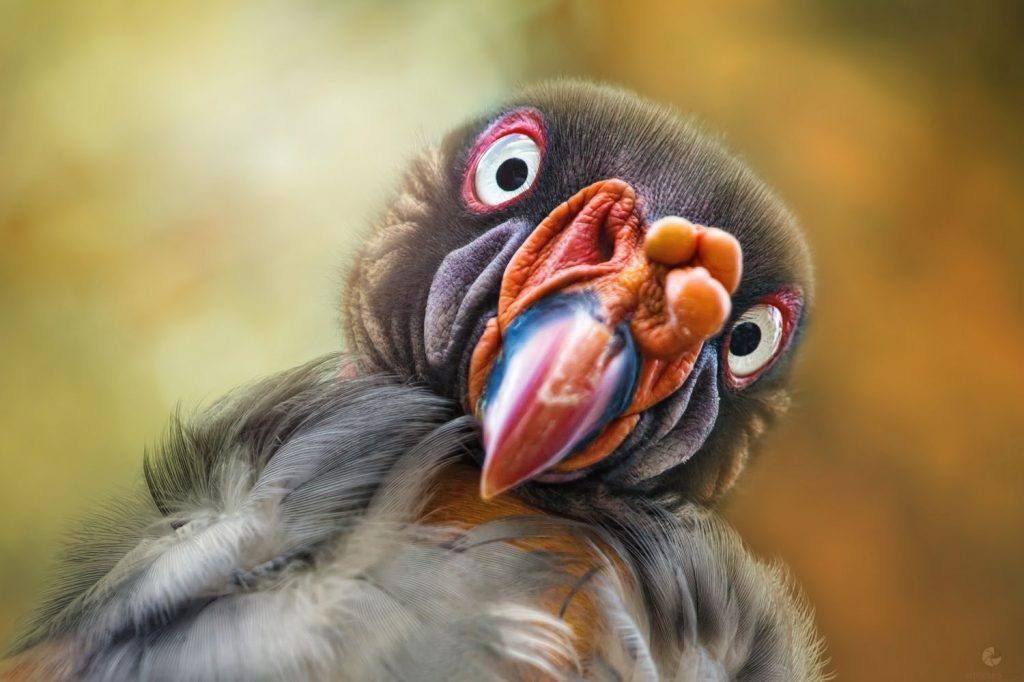
Okay. All together now, let’s say it, “That bird photograph is awesome!” If you or I had created this image at our local zoo, we would be falling all over ourselves with excitement. This is an amazing, attention-grabbing shot. In fact, it rated a “pulse” of 99.8 on 500px. Of the millions of images that get uploaded to that website every day, less than 1% ever reach that level. This image, to date, has received 2,298 likes on 500px alone.
Now, going back to my earlier statements about my own ability to dissect a photograph, and my casual stuffing of different types of images into a genre and level of ability, what do you think my first thought was when I saw this bird photograph?
“Man! This photographer got lucky.”
Well, I was soon eating those words as I began to explore the work of Manuela Kulpa.
In all of my years, I have never, EVER, found another photographer who could so eloquently and artistically capture the essence of wildlife in a way that brings out the creature’s personality.
She is simply amazing. She is not lucky. She is one of the most talented, patient, and artistic wildlife photographers (and advocates for animal life) currently living on the planet (in my opinion).
If I haven’t piqued your interest yet, get ready to be amazed. I wish that it were possible to just FILL these pages with her images. It’s just truly one remarkable shot after another.
Fortunately, we will have links to her social media at the end of the interview, and you can go see for yourself. Plus, she openly shares some tips and techniques with us.
And, as if it couldn’t get any better, she is also a wonderful person. She has a down-to-earth attitude about herself and her work and, most importantly, her subjects.
"Skill is involved with being in the right place at the right time, and more importantly, being ready.."
These are her own words, taken from her 500px bio:
“With my pictures, I want to bring the beauty and expressiveness of animals into the foreground, showing that sentient beings are hidden behind them (regardless of where they live or where the pictures were taken). Our fellow creatures feel pleasure and affection as well as fear and sadness. I love nature, and I just want to protect them. For me, my photos are currently the most effective means to make it clear how important the environment is – every contribution, even the smallest, can ensure the survival of our fantastic fellow creatures and our environment!”
How can you not love that attitude?
I was so excited to do this interview with Manuela. Maybe, just maybe, we will get a tiny bit of insight as to what happens to create this magic.
Let’s find out.
The Interview
KD: “Manuela, thank you for agreeing to do this interview. As you can probably already tell, I’m a huge fan. I’m more excited about being here with you than I would be if I were interviewing Mick Jagger! But, I digress… Tell me, when did you first pick up a camera and start shooting seriously?”
MK: “First of all, I would like to apologize for my poor English, but it’s hard to find the right words to describe my thoughts and feelings in a foreign language sometimes. My husband Stefan and I came to photography about ten years ago at the end of 2006. It was then that I published my first picture. Apart from our beloved pets — three cats and our Golden Retriever named Dobby — photography is also our shared passion. I have been working as a freelance programmer and consultant since 1997, and I am also currently offering business software for kindergartens. In photography, I found a perfect balance.”
KD: “In my research before our interview, I did learn that you worked with your husband. He is a photographer who specializes in fashion and beauty. Do you participate in that work as well? Your wildlife portraits are so stylized. It makes me wonder, do you use any of the fashion techniques in your animal photography?”
MK: “The big difference between animal and people photography, especially fashion model photography, is the fact that you can motivate and lead people in front of the camera, which is rather difficult with wild animals. So I very often rely on my gut instinct, and my experiences with that have been good. During image processing, most techniques are the same (be it fashion or wildlife) like frequency separation, detail extraction, “dodge and burn”, toning, etc.”
KD: “Have you always been an advocate for wildlife and the environment? Or did photography help you discover that part of your personality?”
MK: “Flora and fauna have always fascinated me. Over the years, my passion for animals has grown considerably through photography. My favorite animals above all are the simians, especially the great apes, but also big cats. Unfortunately, many species are very limited in their habitat and in some cases are threatened by extinction, due to overexploitation and other environmental crimes.”
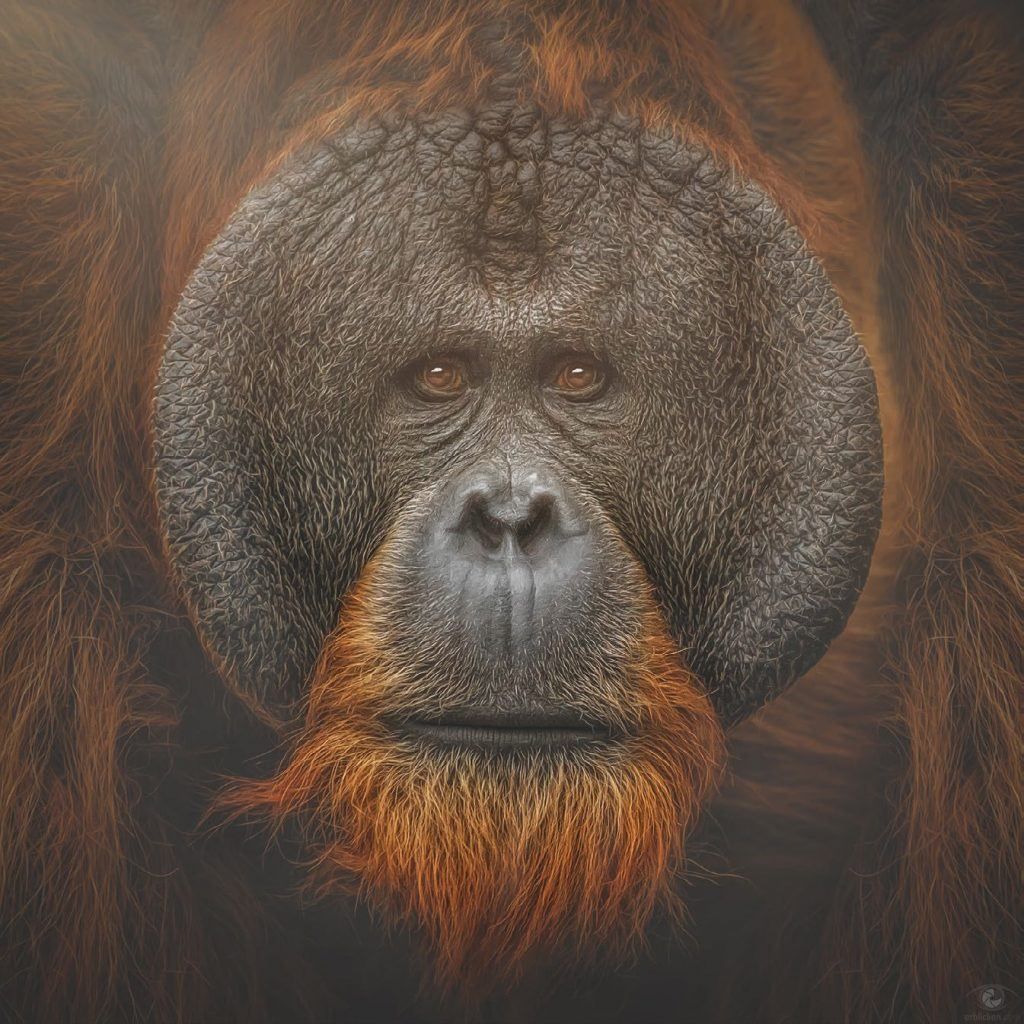
KD: “You’ve stated in your various profiles online that you adore orangutans. What is it about this particular species that has stolen your heart?”
MK: “A German book by Willie Smits, Gerd Schuster, and Jay Ullal titled Die Denker des Dschungels: Der Orangutan-Report (Thinkers of the Jungle: the Orangutan Report) has shown me the importance of safeguarding our natural habitat and resources. On the one hand, it’s a wonderful book with plenty of stunning photography. But on the other hand, it saddens me through its harrowing findings. It’s our civilized world, the industrial nations, that is largely responsible for the dire fate of our fellow creatures through misuse or abuse of palm oil, tropical timber, biodiesel, gold, etc. There is no perfect (animal) world, but the brutal reality is of a slowly dying flora and fauna that is taking away their homes and protection. This reality saddens me deeply, and it caused me to act more responsibly than ever before.”
KD: “You shoot mostly in zoos or animal parks primarily in Germany or in the surrounding areas. Which location is your favorite? Let’s say our readers can take one dream trip to one location to shoot captive wildlife: which one would you say is the best that you’ve experienced?”
MK: “The zoo that impressed us the most was the Prague Zoo, in the Czech Republic. With a few exceptions, we found that it contained barrier-free pens and an extraordinary biodiversity. It is a photographer’s paradise.”
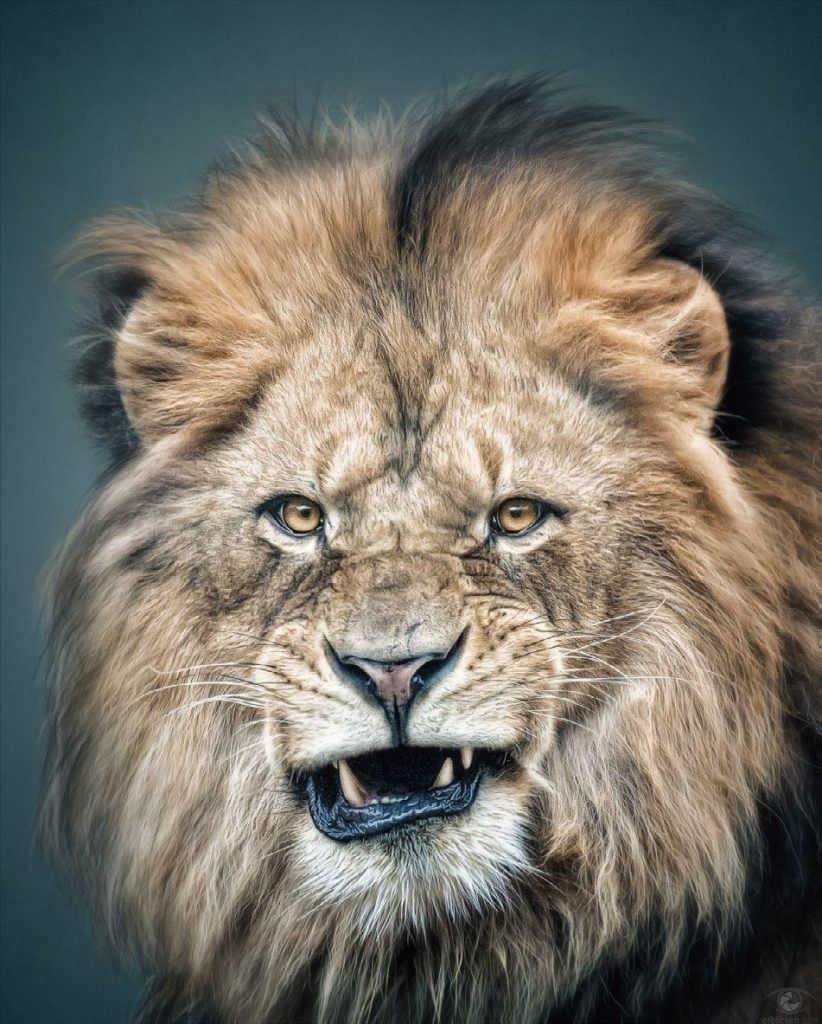
A Quote about ‘Lion Masai’ from Manuela…
“Guarding our temples, adorning our flags, decorating our coins and capturing our hearts, the lion is beyond doubt the world’s most iconic species. On almost every continent, and in thousands of cultures, the lion can be found demonstrating man’s fascination with this magnificent beast.
Despite the lions’ symbolic importance throughout the ages, today they are suffering from a silent extinction across Africa and India. Knowledge of the King of Beasts’ plight is little known.
In 1975 there was an estimated 250,000 lions in Africa, yet today the continent-wide population stands at a mere 25–30,000 individuals. This staggering 80-90% decline combines with the fragmentation and isolation of those remaining sub-populations with little long-term viability.
The lion is threatened with: habitat loss, prey loss, human-wildlife conflict, unsustainable trophy hunting practices, poaching, disease, and in-breeding.
Should populations continue to decline and the magnitude of threats continue to intensify, the extinction of the African lion is imminent.” – Manuela Kulpa
KD: “Manuela, It’s obvious from your words, and your photographs that you have a deep concern for the future of all animals around the world. How do you feel that your photography is helping? Is there more that you wish to do?”
MK: “On one side, I want to show the many facets of the animals. On the other side, I want to draw attention to mismanagement within nature conservancy. The inner sound of things (the psychological impact) regarding animal photography refers to the essential connection from humans to the land and to the animals. Following this approach, it could be said that I wish — that by looking at my photographs — the viewer will hear the inner melody of the animal, and the lyrics will ask the viewer to consider the animal’s place in the world.”
".. it could be said that I wish — that by looking at my photographs — the viewer will hear the inner melody of the animal, and the lyrics will ask the viewer to consider the animal’s place in the world.”
KD: “Eloquently stated, Manuela. When I examine your photographs, they display two distinct photographic personalities to me. One is that you capture an animal revealing some part of their inner soul to you. The second is that you edit your photographs to highlight that soul or personality. Let’s talk about the first aspect. How much time do you spend sitting at zoos waiting for that perfect moment?”
MK: “It’s always the role of a silent observer. Most of the time we watch and wait for the right moment — and sometimes this moment never occurs. It’s not uncommon to visit a zoo several times to take a photograph of a special animal.”
KD: “Does your husband work with you on the animal photography, or do you each do your own thing?”
MK: “We almost always travel together.”
KD: “Let’s talk about the editing for a second. Do you have specific steps that you follow? How long does it take you to edit one photograph?”
MK: “During image processing with Photoshop, I generally use the same basic techniques like frequency separation, detail extraction, “dodge and burn” in LAB mode, toning, etc.
I often use the following technique: (See technique here). This technique can also be used with textures as well.
Moreover, I recommend these tutorials:
Finally, I use Calvin’s Hollywood’s 20/80 method — that is to experiment and play with filters (Topaz, NIK, Redfield, etc.) and layers in Photoshop, and that’s it.”
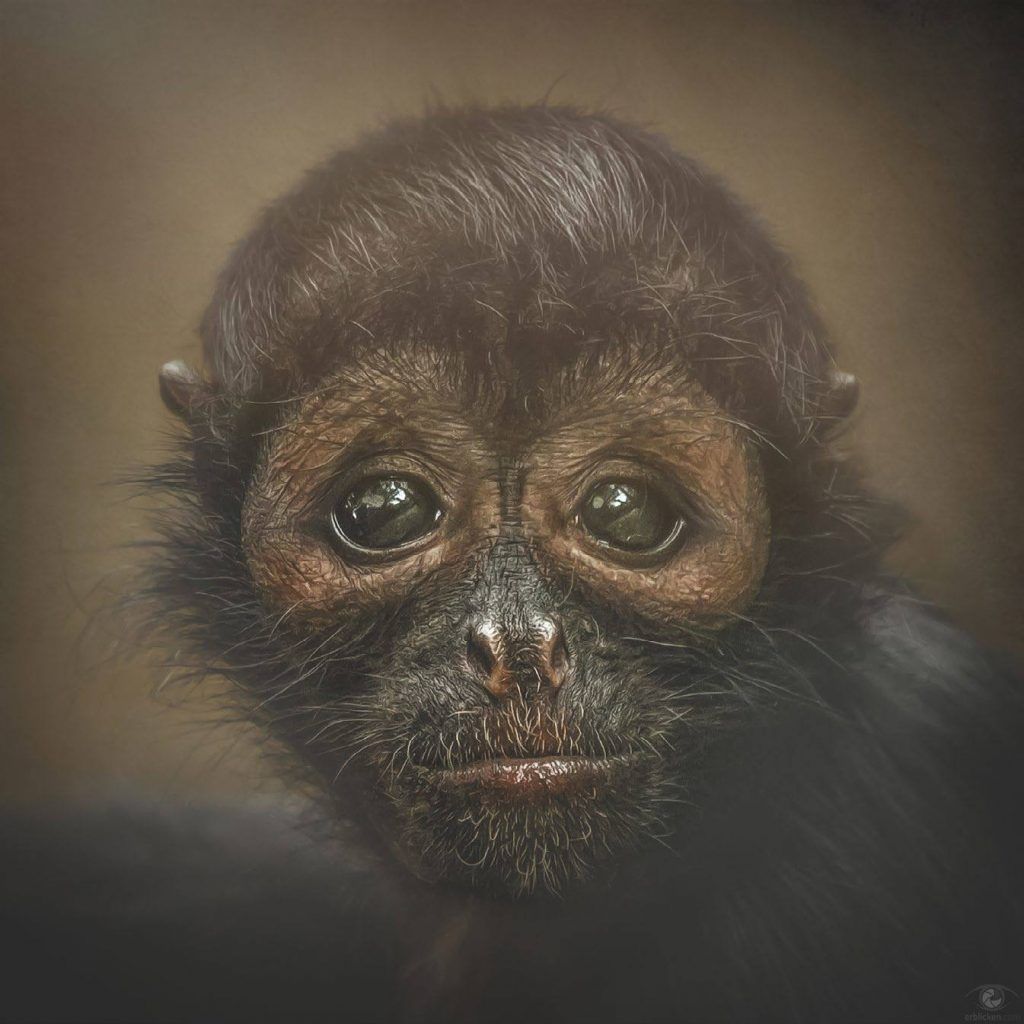
KD: “When I look at this photograph of the blackheaded spider monkey, Azusa, I feel like there’s a communication. That he/she is saying something to us. When you’re creating your photographs, is there a connection between you and the subject? Do you sense a communication? Or are you simply shooting away, and it’s only in the editing room that the perfect image appears?”
MK: “Hard to say: I focus on the animal and observe their actions. Doing this, there is something like a level of communication, mainly because many animals are curious. This especially applies to apes.”
KD: “Most photographers have spent time shooting at a zoo at some point. So, we are all aware of the problems it presents. Problems like bars, or glass walls, or low light, or crowds of people. Can you give us a little advice on how you deal with those issues?”
MK: “We mainly use telephoto lenses (100-400mm) for two reasons: high focal length lenses are necessary to bridge long distances in huge cages or pens. Furthermore, high focal length lenses at the proper distance, and from the right angle, can optically hide iron bars. That is not possible with normal focus length lenses. At short distances, or to take a full body picture, we use a 70-200mm lens. At the aquarium or terrarium, we use a standard or macro focal length lens.
Here are a few small tips we highly recommend:
- A lot of patience – it’s not unusual to visit a zoo several times to “catch” a special animal.
- Never visit a zoo during a bright sunny day. This is due to the special incidence of light. Your pictures will be darkened and too contrasting because of the deep, dense shadows.
- Our “zoo-day” is Saturday, the less well-attended day. But this might apply specifically for Germany. Try to go on the low attendance days.
- Never, ever use the flash! Using the flash can have devastating consequences for some animals. Moreover, most animals feel frequently, or permanently, annoyed and answer this with “special behavior”. It is better to use a high ISO setting and risk some noise in your pictures, which often can be corrected with noise reduction tools.”
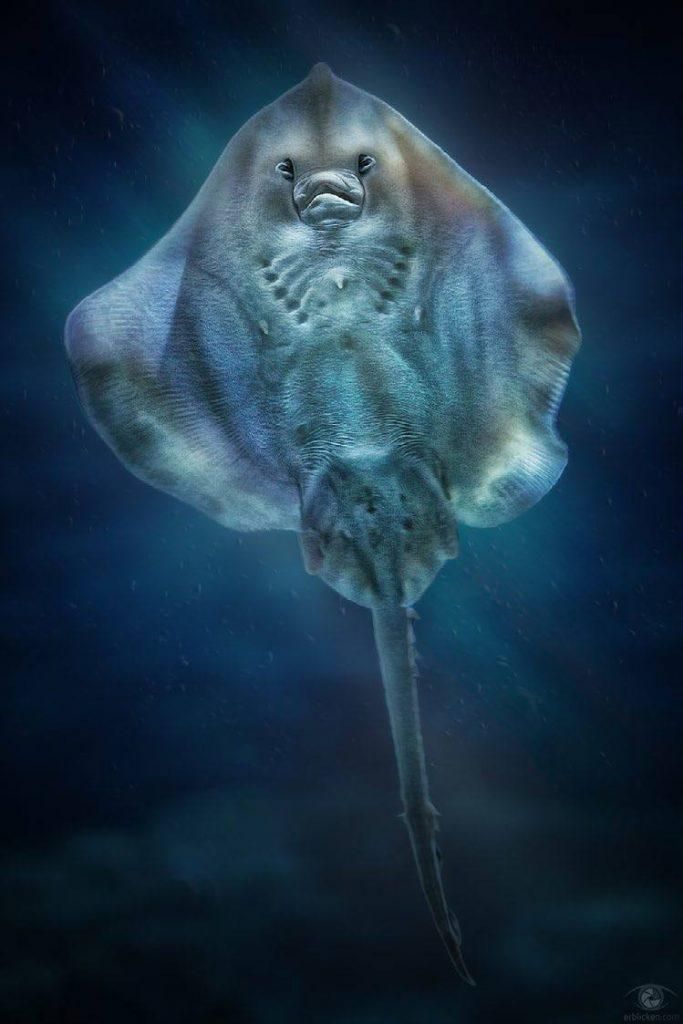
KD: “Many of your photographs capture an expression on the creature’s face. An ape appears contemplative, or a monkey looks on lovingly. However, when I saw the shot of the stingray — and somehow you captured a facial expression on that stingray — I was flabbergasted. Can you tell us a little about the story behind this image? How did you manage to capture this? Were you aware of the ‘face’ when you took it?”
MK: “This picture was taken at the Diergaarde Blijdorp Zoo in Rotterdam, Netherlands. We knew that the underside of the stingray partly looks like a face. So, we only had to wait until a stingray appeared above and in front of us.”
KD: “How much does the HDR technique come into your images? Do you use it all the time? Or only under certain conditions…”
MK: “I use HDR very rarely. My emphasis is on detail extraction and the interplay of light, shadow, and color.”
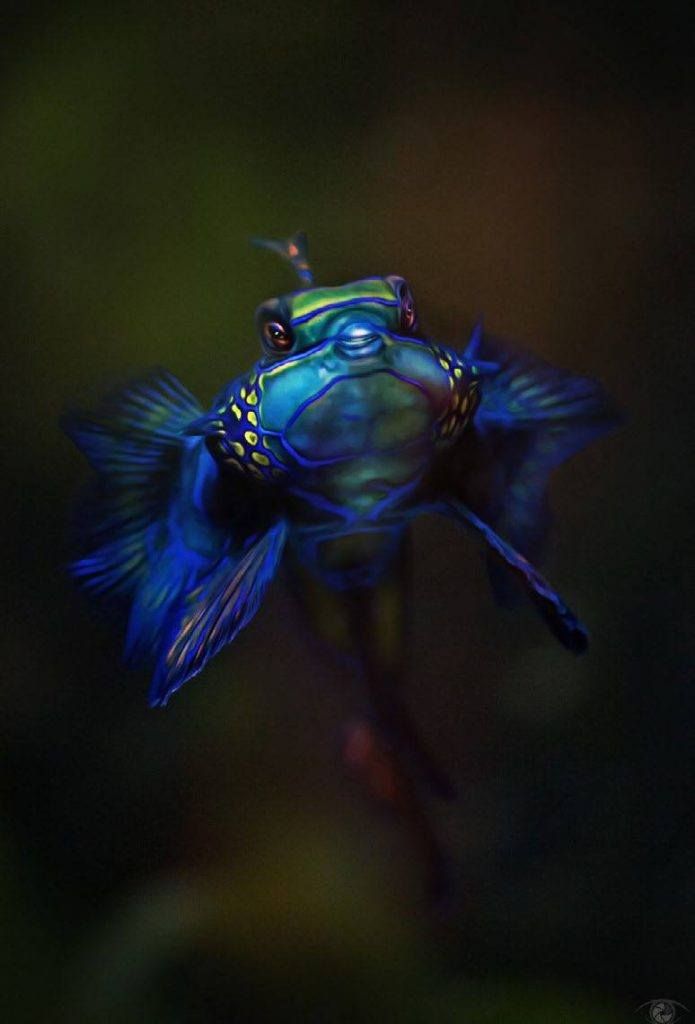
KD: “Can you tell us of a moment where even you were surprised by an image that you captured? How did it happen? And what did you feel inside when you saw the image on your computer screen for the first time?”
MK: “It often happens that I recognize that I have captured something special after the third or fourth time of viewing the pictures. This was the case with my picture “In dreams I can fly”. First, I was glad to have caught the little one swinging. Then, in the enlargement, I recognized the happy and dreamy face. This moment gave me a special feeling in my heart, and I knew immediately that this picture would delight many people.”
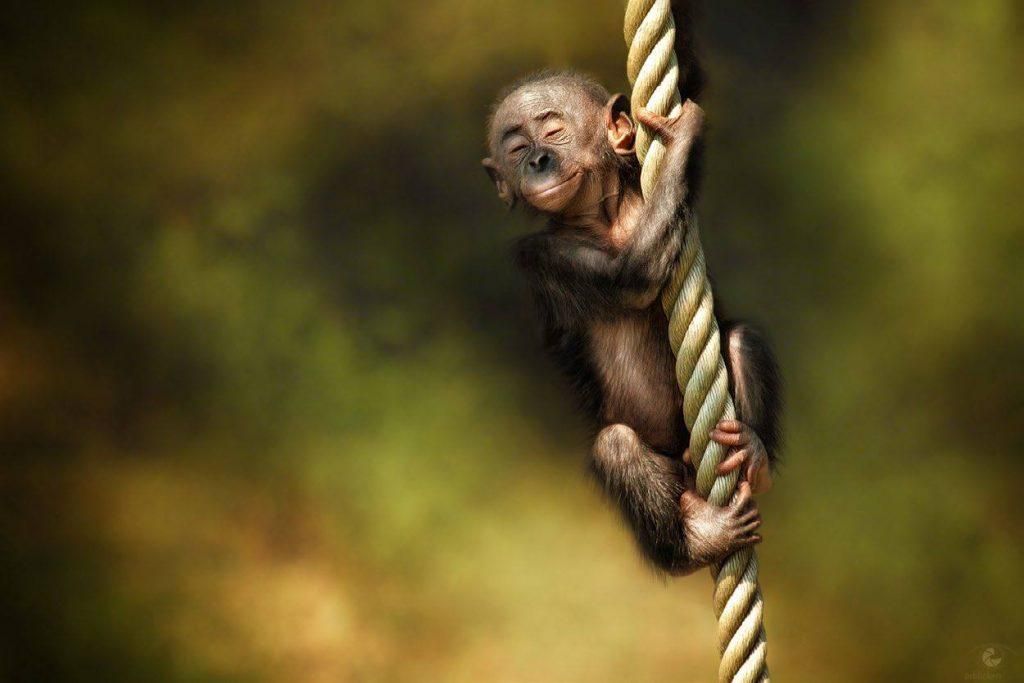
KD: “Are you planning any big project with your wildlife photographs, such as creating a book or selling prints? Do you sell prints?”
MK: “I’m preparing a new series regarding the topic of forests. I would also like to create a photography project at the local animal shelters. Some of my pictures can be bought at https://500px.com, www.posterlounge.de and http://www.artflakes.com. But my focus is not selling my pictures.”
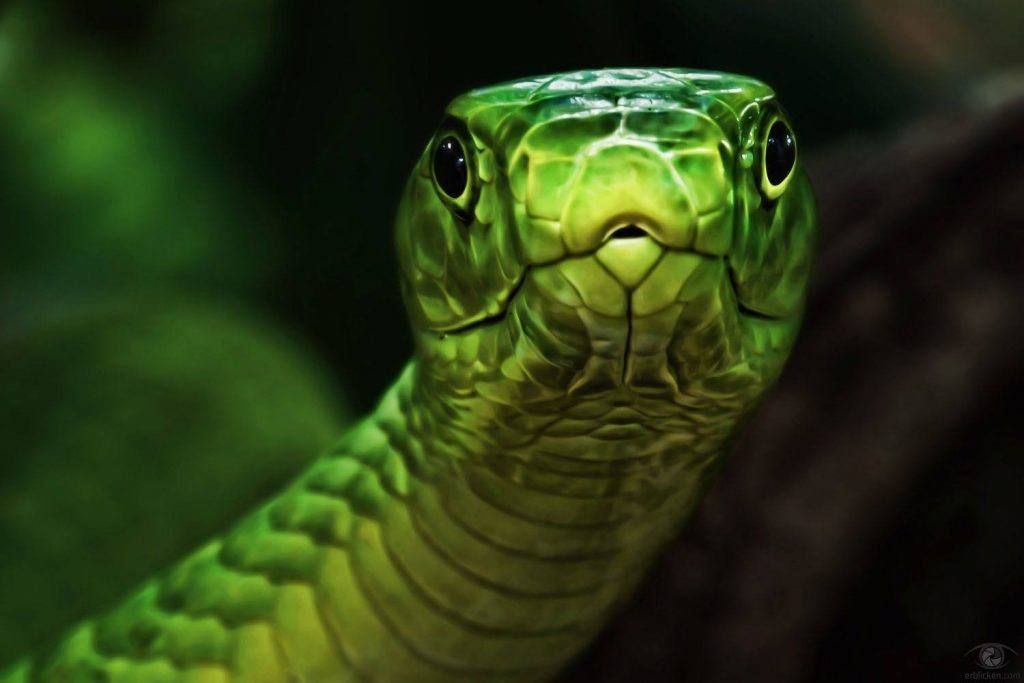
KD: “When my wife and I first saw this image of the snake, we were amazed. To us, it looked like the snake was blowing a kiss. I have been to the zoo countless times in my life, and I’ve never once seen a snake this alert and especially this close. How did you capture this? Do you get special permission to go behind the scenes at the zoo? How close were you to this snake?”
MK: “Close to where I live, you will find a “Terra Zoo” which specializes in reptiles. That gives us the possibility to go very close to the glass cages. This picture was taken using a tripod and an exposure time of more than 5 seconds. I hoped that the snake would remain transfixed for the complete exposure time.”
KD: “Well, the snake stayed still for you, and what a fantastic image! I try not to focus my interviews on equipment. I’m more interested in the photographer. However, many of our readers are very interested in technique. Can you tell us a little bit about the equipment you use? Perhaps you can elaborate on what settings you prefer, such as a shooting mode or a metering mode, and why?”
MK: “We both use a CANON 5D (Mark II/ III) Camera, 100-400mm CANON telephoto zoom lenses, a 70-200 telephoto zoom lens and sometimes a 100mm CANON and a 160mm TAMRON macro lenses. Mainly we use the M (manual) mode, sometimes the AV or TV mode, which depends on the object, light and the special situation.”
KD: “Most of your images depict the animal close up (literally a headshot) and staring directly into the camera. How do you accomplish that? Simply through patience? Or do you have some technique that you use to get their attention?”
MK: “We have no techniques to get their attention like calling them, or feeding them, which is prohibited anyway. We just wait until the animal grants us a glance.”
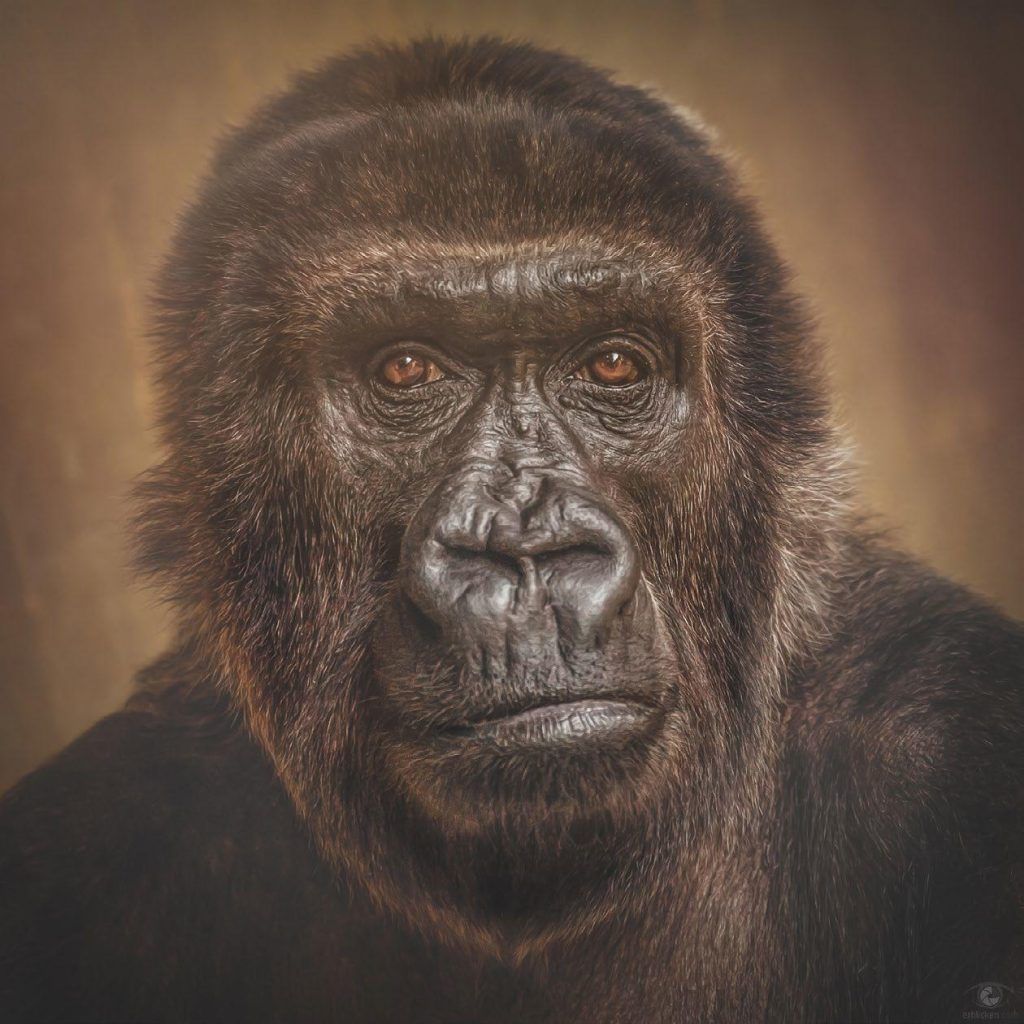
KD: “I’ve saved the best for last. You recently began an assignment that you call ‘Project Square: Apes’. Our friend, the Western lowland gorilla Boma, is an example from that project. How did you come up with this concept? You’re gathering a rather large body of work with this project. Do you have plans for these images? Do you plan to use them somehow to further your cause for environmental protection?”
MK: “I saw similar projects, but with people. I was impressed by the expressive power of these portraits. This gave me the idea to create a similar project, only with apes.
Also linked to the creation of this series was my respectful love for monkeys, and I have an immense curiosity about their mysterious personalities. It’s a focus on concrete thoughts and feelings while viewing the pictures.
Emotions like our own are mirrored in the faces of the apes. We should trust more in our hearts (similar to the apes) than follow the ineradicable prejudicial emotions that are reserved for humans. You really can believe what you see in their faces. They are happy, tender, roguish, insulted, thoughtful, angry, helpless, shy, bashful, sad, and so on.
In their eyes — if they grant us to take a deep look — you can find an odd mix of youth and age, lightheartedness, and deep wisdom. What is it that they know and we don’t, and we have no chance to get an answer? We don’t know because the answer probably lies beyond our horizon.
At the moment, I have no further plans for these images, except for the hope that people will like my pictures.”
KD: “Manuela, you are an awesome individual, and I’m so happy that I had a chance to get to know you. The world really needs more people out there just like you. Thank you for agreeing to this interview. I hope that our readers can help spread the word that our wildlife friends need protection.”
MK: “Thank you very much for your interest in my work and the opportunity to tell people something about it!”
About Manuela Kulpa
Manuela Kulpa is a German Photographer from Dormagen, Germany. She specializes in wildlife portraiture. In her other life, she is a freelance programmer. You can find her photographs at 500px and at her portfolio website, Erblicken.com.
She is also on Facebook at: https://www.facebook.com/manuelakulpa
